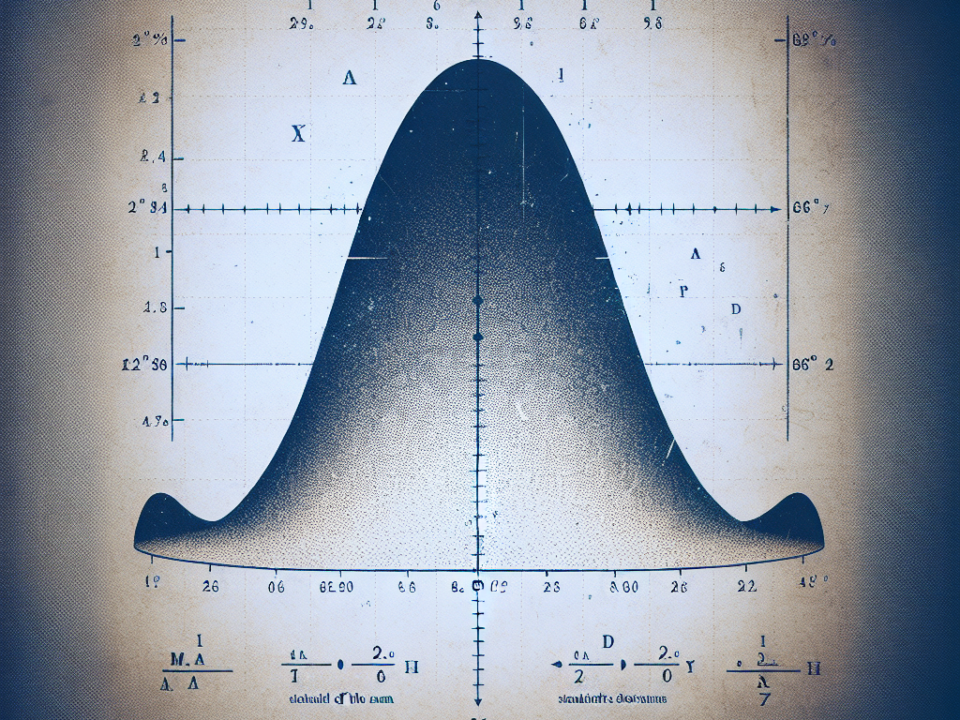[ad_1]
If you are a medical professional looking to gain a better understanding of binomial distribution and its applications in statistical analysis, you have come to the right place. At StatisMed, we specialize in providing statistical analysis services for medical doctors, helping them make informed decisions based on data-driven insights. In this blog post, we will delve into the basics of binomial distribution, explaining what it is and how it can be used in medical research and analysis.
What is Binomial Distribution?
Binomial distribution is a probability distribution that describes the outcomes of a series of independent experiments, where each experiment results in a success or a failure. The distribution is characterized by two parameters: the number of trials (n) and the probability of success on each trial (p). By understanding the properties of binomial distribution, medical professionals can make informed decisions based on the likelihood of certain outcomes occurring.
Key Concepts of Binomial Distribution
-
Fixed number of trials: In binomial distribution, the number of trials (n) is fixed in advance, meaning that the experiments are performed a set number of times.
-
Independent trials: Each trial in a binomial distribution is independent of the others, meaning that the outcome of one trial does not influence the outcome of another.
-
Probability of success: The probability of success (p) is a fixed value that remains constant across all trials.
- Binary outcomes: The outcomes of each trial are binary, with only two possible outcomes: success or failure.
By understanding these key concepts, medical professionals can apply binomial distribution to analyze data and make predictions based on the probabilities of different outcomes.
Applications of Binomial Distribution in Medical Research
Binomial distribution plays a crucial role in medical research and analysis, helping researchers and doctors make sense of complex data sets. Some common applications of binomial distribution in the medical field include:
-
Clinical Trials: In clinical trials, researchers often use binomial distribution to analyze the outcomes of treatment interventions. By calculating the probabilities of different treatment outcomes, researchers can determine the effectiveness of a particular treatment.
-
Disease Diagnosis: Binomial distribution can also be used to assess the accuracy of diagnostic tests for various diseases. By calculating the probabilities of true positives, false positives, true negatives, and false negatives, doctors can make more informed decisions about patient care.
- Epidemiological Studies: In epidemiological studies, binomial distribution can help researchers analyze the prevalence of diseases within a population. By calculating the probabilities of disease occurrence, researchers can identify risk factors and develop targeted interventions.
Conclusion
In conclusion, understanding the basics of binomial distribution is essential for medical professionals looking to make informed decisions based on statistical analysis. By grasping the key concepts of binomial distribution and its applications in medical research, doctors can leverage data-driven insights to improve patient care and outcomes. If you are interested in learning more about how StatisMed can help you with statistical analysis services for medical research, feel free to contact us or request a quote. We are here to support you in making sense of your data and driving better healthcare outcomes.
[ad_2]







